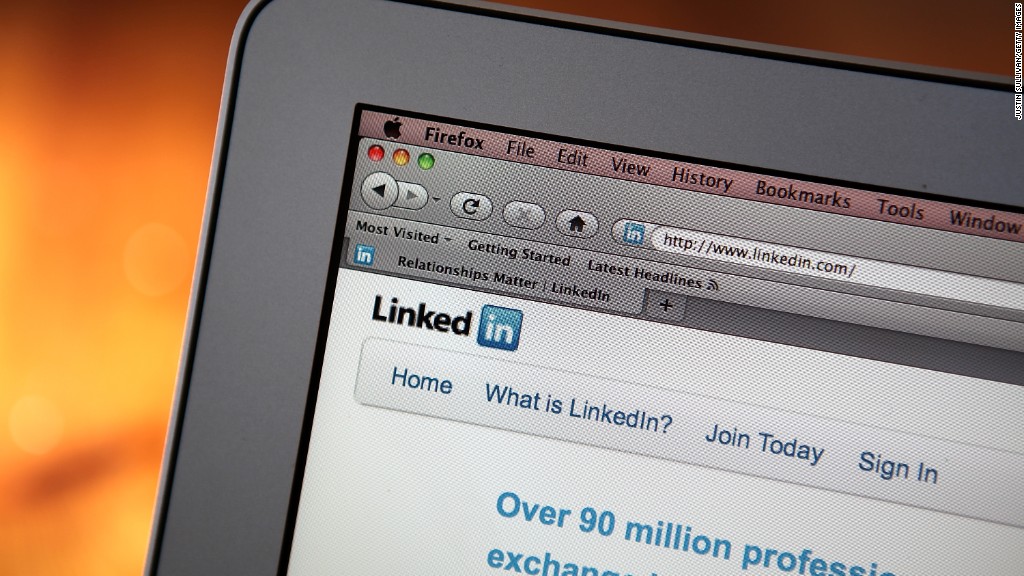
LinkedIn is the latest company to offer an open-ended time off policy to employees.
The networking site is implementing a "discretionary time off," or DTO policy, for its salaried workers, or about 75% of its 6,000 U.S.-based employees.
Those LinkedIn employees used to accrue 15 paid vacation days a year, but starting November 1, the company will no longer offer a set number of days off. Instead, managers will work with employees to plan vacation time.
Under the new policy, LinkedIn employees will face "no set minimum or maximum amount of vacation time," LinkedIn (LNKD) vice president Wadors wrote in a blog post. .
"We are not alone in making this shift to DTO. It's part of a growing movement to place more focus on results and empowerment, not hours worked," Wadors wrote. "And it's an important step to help employees recharge and keep engaged."
The unlimited vacation model got its start at small tech firms, and a couple of major employers including Virgin (VA) and General Electric (GE) have adopted it for some employees over the past year.
The shift has caused bumps in some workplaces.
Most American workers already use only a fraction of the vacation days they're offered. So some are concerned they would take even fewer breaks without corporate guidance.
Related: Bernie Sanders is right: Americans work more now
Kickstarter instated a 25-day cap on annual vacation time last month after realizing its unlimited time-off policy confused employees.
Last year, the Tribune Publishing (TPUB) reversed its decision to implement the policy within a week of announcing it, also citing "confusion and concern" among workers.
But Wadors says LinkedIn views the policy as an "intelligent risk" that will give employees more flexibility and "a sense of empowerment."
Tech companies like LinkedIn face intense competition for engineers, and attractive benefits are a common way the firms attempt to lure and retain talent. The company grew 37% last year, and it plans to expand by an even larger percent in 2015.
It now employs more than 8,700 workers with offices in 30 cities around the world, though only U.S. locations will get the new DTO policy.
It's not clear how the new policy could affect LinkedIn's bottom line.
The company's largest ongoing liability is "accrued vacation and other employee-related expenses," according to the company's public filings, and its rapid hiring means that expense is growing. The amount totaled more than $128 million as of June, which is 46% higher than in December.

